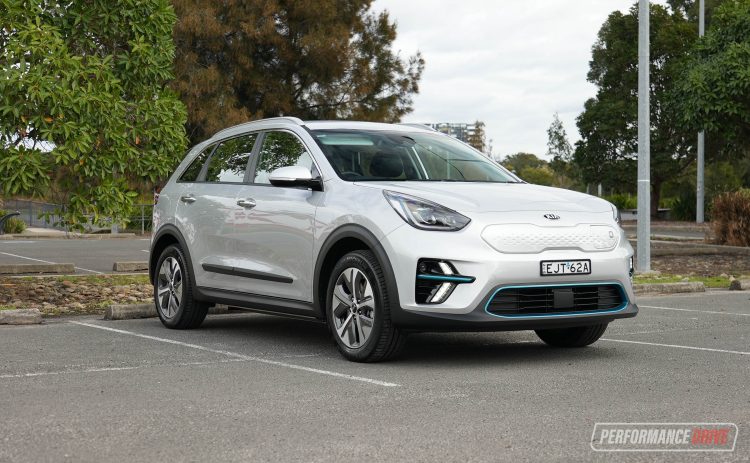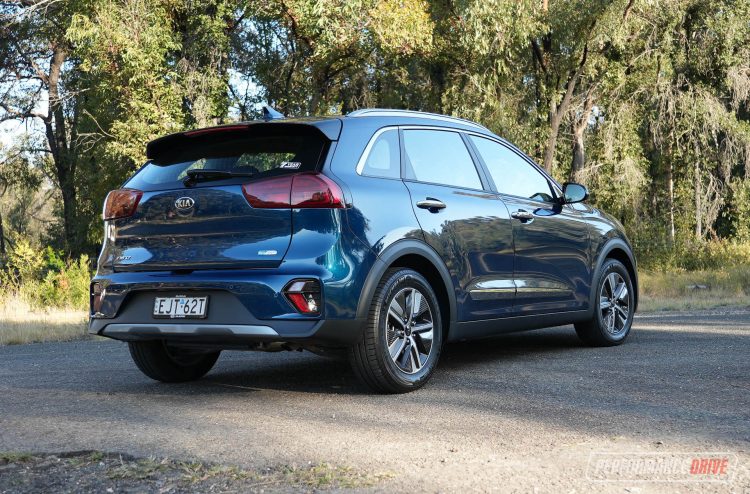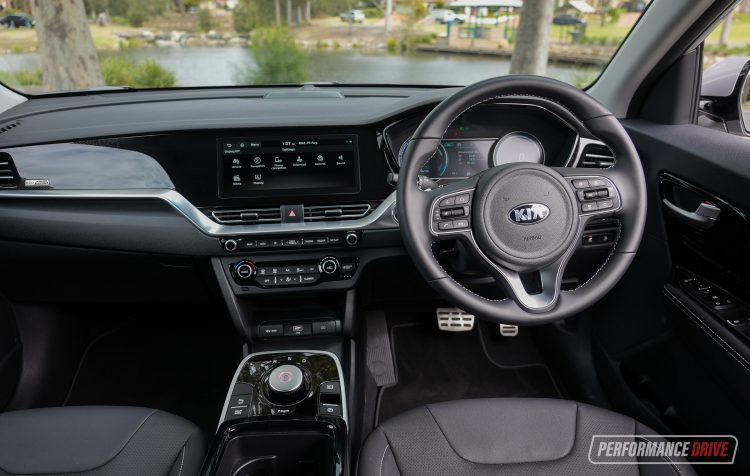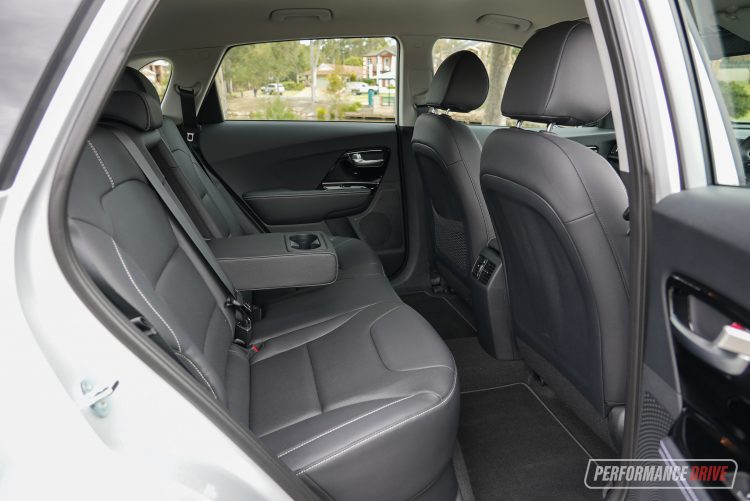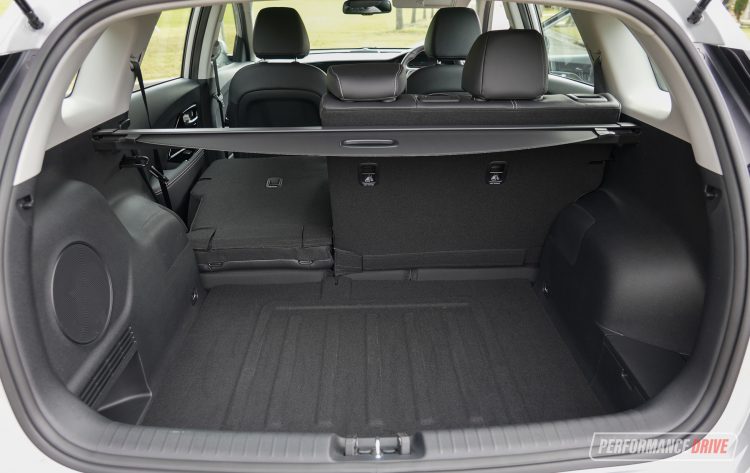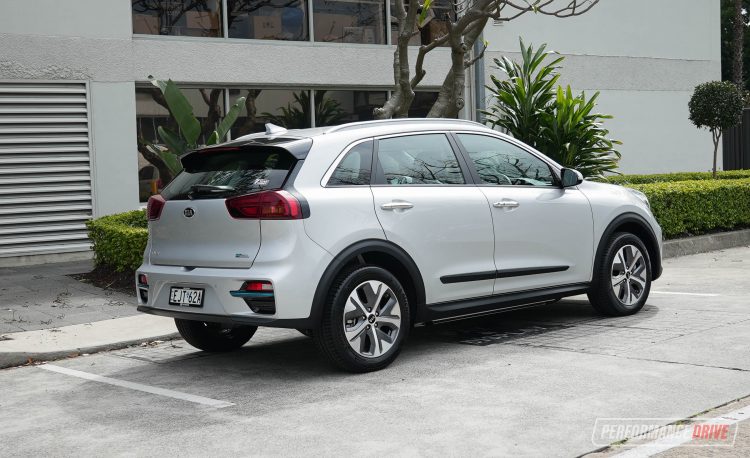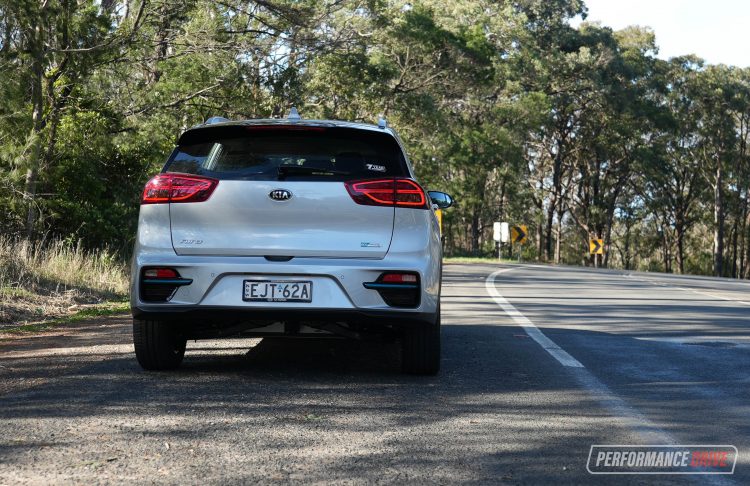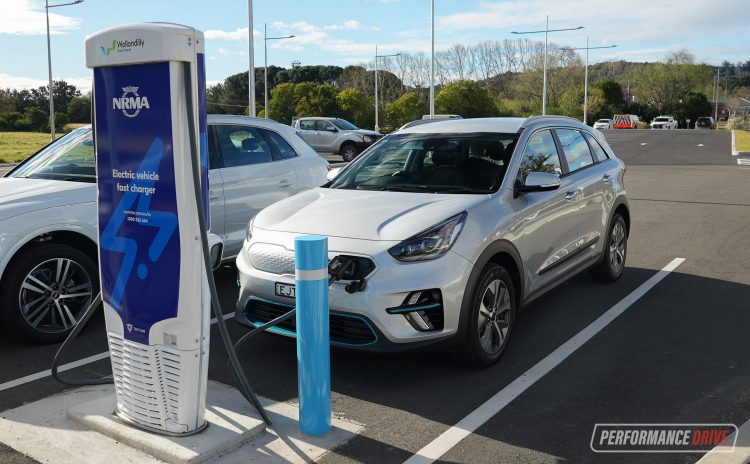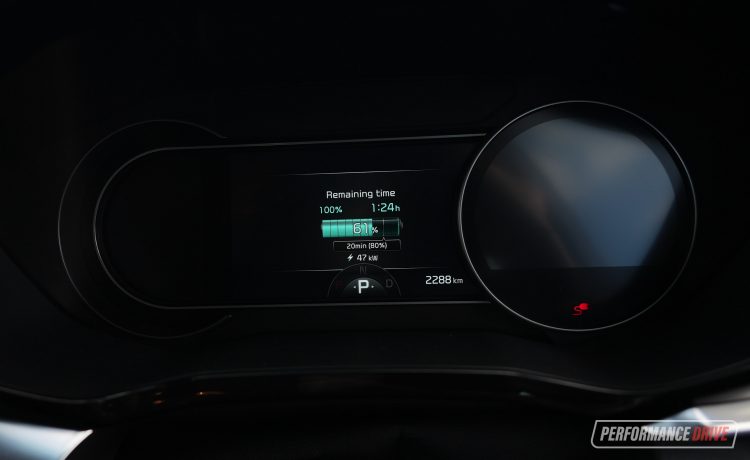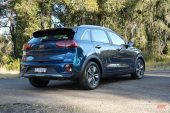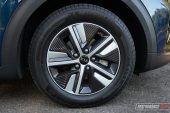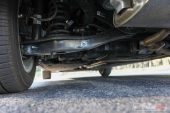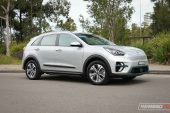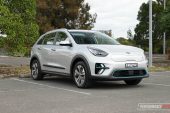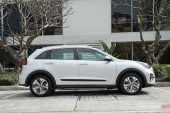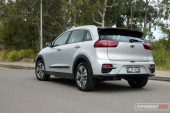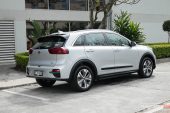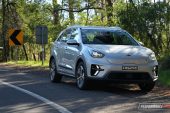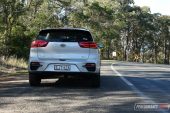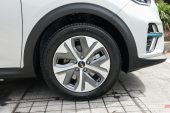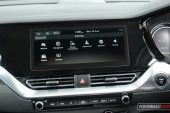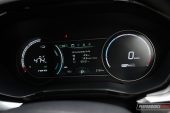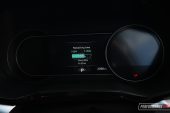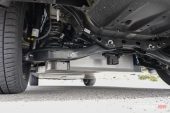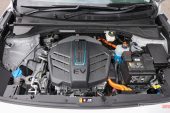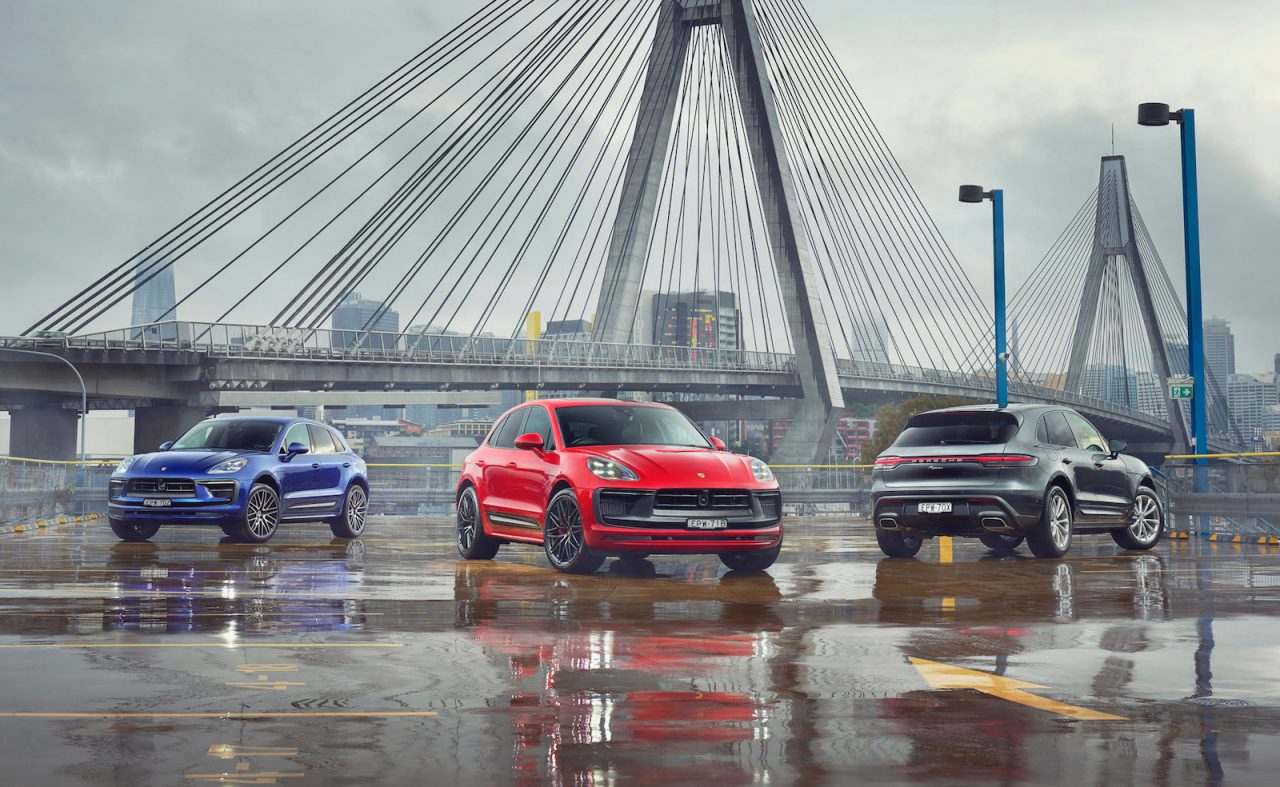Kia’s comprehensive vehicle range grows even more with the new small SUV, the Kia Niro. It seems the current Niro is being used to test the green vehicle waters in Australia for Kia, as the local division has been quiet on the EV and hybrid front thus far.
But the Niro is not entirely new. In fact, the current generation has been on sale since 2016 in its home country, South Korea, and then in the US and European markets from 2017. An all-new model will also arrive sometime in 2022.
In terms of size, the Niro in Australia slots between the Stonic and the Sportage. There are three drivetrains to pick from; a self-charging petrol/electric hybrid (HEV), a plug-in petrol/electric hybrid (PHEV), or a fully electric (EV) setup. Among these three drivetrains are two trim levels; the S and the Sport.
Here, we’re testing out the PHEV Sport and the EV Sport. Prices kick off from $41,990 for the S hybrid and climb to $70,990 for the top-spec Sport EV (excluding on-road costs).
2021 Kia Niro PHEV Sport – THE SPECS
[column width=”47%” padding=”6%”]Engine: 1.6-litre four-cylinder hybrid
Output (combined): 104kW / 265Nm
Transmission: Six-speed dual-clutch auto
Drive type: Front-wheel drive
Wheels: F & R: 16×6.5, 205/60
ANCAP: Five stars
Tare weight: 1539kg
Power-to-weight: 14.79:1 (kg:kW)
Official fuel economy: 1.3L/100km
Economy during test: 4.4L/100km
Fuel capacity/Type: 43L/91 RON[/column] [column width=”47%” padding=”0″]Power efficiency: 80kW:L/100km
0-60km/h: 4.31 seconds*
0-100km/h: 9.79 seconds*
60-110km/h: 7.36 seconds*
1/4 mile: 17.13 seconds at 134.8km/h*
Max acceleration: 0.576g
100-0km/h braking: 2.89 seconds at 37.11 metres*
Max deceleration: -1.165g
Decibel at idle (on standby): 24*
Peak decibel at 60-100km/h: 79*
Priced from: $53,990[/column][end_columns]
2021 Kia Niro EV Sport – THE SPECS
[column width=”47%” padding=”6%”]Battery: 64kWh
Output: 150kW / 395Nm
Transmission: Single-speed reduction gear
Drive type: Front-wheel drive
Wheels: F & R: 17×7.0, 215/55
ANCAP: Five stars
Tare weight: 1791kg
Power-to-weight: 11.94:1 (kg:kW)
Official range: 455km
Energy consumption: 159Wh/km[/column] [column width=”47%” padding=”0″]0-60km/h: 3.54 seconds*
0-100km/h: 7.12 seconds*
60-110km/h: 4.75 seconds*
1/4 mile: 15.31 seconds at 150.0km/h*
Max acceleration: 0.762g
100-0km/h braking: 2.98 seconds at 38.55 metres*
Max deceleration: -1.305g
Decibel at idle (on standby): 24*
Peak decibel at 60-100km/h: 70*
Priced from: $70,990[/column][end_columns]
* Figures as tested by PerformanceDrive on the day. Factory claims may be different
2021 Kia Niro – THE PACKAGE
Now that green vehicles have had some time to ripen, they are looking more and more like conventional cars. The Kia Niro is a perfect example. When you see it on the road, it blends in with a conservative and modern appeal. The front uses the same design language as the previous generation Sportage with those bold triangular-shaped headlights that sit high in the bonnet line. There are some cool LED daytime running lights on the lower bumper shaped in an arrow that point forward. Full EV models have a solid front grille.
The rear is dominated by bulgy LED taillights, a glossy black rear spoiler, and a contrasting brushed metal look lower skid plate that adds a rugged vibe.
If you think being green means you lose on practicality, fear not. The Niro has a notably airy cabin where you feel anything but hemmed in. In fact, it has a surprisingly large interior for its market segment. In the front, there is a giant space around the gear selector, including two large bucket storage areas gained in the EV. You also get huge door pockets with bottle holders, another storage shelf in the centre console, and loads of shoulder and leg room.
In the second row, thanks to its SUV shape, there is loads of headroom and legroom. Only width-wise would long trips with five adults start to feel squashy. Rear air vents have also been kindly included. In the HEV and PHEV, the batteries are stored under the rear seat, and the full EV has them under the floor, but you would never know.
At the very rear, you’re at an advantage if you opt for the full EV, as the boot presents 451 litres of volume. Because the plug-in hybrid accommodates some extra batteries under the boot floor, the space is reduced to 324. litres. Otherwise, the non-plug-in hybrid swallows 410 litres of luggage. Either way, the boot space offered in all are adequate for most journeys, and for this segment. And you can always fold the rear seats down to create more space.
In terms of safety tech, every model comes standard with autonomous emergency braking with forward collision warning for cars, pedestrians and cyclists, lane keeping aid, driver attention alert with lead vehicle departure alert, and rain-sensing wipers. You also receive an eight-way adjustable power driver’s seat with two-way lumbar support, a six-way adjustable front passenger seat, distance-controlled cruise control, a six-speaker sound system with digital radio, Bluetooth connectivity, wired Apple CarPlay and Android Auto, and an eight-inch LCD touchscreen.
Opting for the Sport trim in any model adds blind-spot detection, rear cross-traffic alert, LED headlights, auto high-beam, an auto-dimming rear-view mirror, paddle shifters (for regenerative braking in the full EV), aluminium sports pedals, an upgraded eight-speaker JBL sound system, sat-nav with 10 years of updates, a bigger 10.25-inch centre LCD touch-screen, wireless Android Auto and Apple CarPlay, and a more premium partially leather trim. It misses out on a wireless charging pad for your phone.
Kia offers a class-leading warranty of unlimited kilometres over seven years, with one-year free roadside assistance. Servicing is required every 15,000km or 12 months.
2021 Kia Niro – THE DRIVE
There are two very different powertrains to compare here. The PHEV variant combines a 1.6-litre four-cylinder naturally aspirated petrol engine with a synchronous electric motor pushed along by an 8.9kWh lithium-ion battery. Their combined outputs are 104kW and 265Nm. The full EV has a 64kWh lithium-ion battery that feeds an electric motor at the front axle, developing 150kW of power and 395Nm of torque. Both options power the front wheels only – no all-wheel drive is available.
Behind the wheel, the full EV feels more capable and livelier. You can really tell the difference when pulling up hills. Though, both options have excellent instantaneous pick-up and surge. There is no delay, thanks to that instant electric power. In fact, it is easy to spin the tyres on take-off. The PHEV is paired to a six-speed dual-clutch auto, which also gives an instant power surge, but to a lesser extent.
That is because the electric side works more on take-off and at lower speeds. But it cannot beat that full EV grunt. The petrol engine also becomes a tad breathless and harsh when pushed higher into the rev range. Our timing recorded 0-100km/h in 7.12 seconds in the EV and 9.79 seconds in the PHEV.
Likely the most important aspects of these two options to most buyers will be fuel consumption and the driving range. Side-by-side, the PHEV burns around 4.4L/100km on average if the battery is fully charged, with an official average of 1.3L/100km. You can make it run on full electric power if you don’t flatten the accelerator, and your trip is less than 58km. If your lifestyle suits these parameters, you could enjoy a petrol consumption of 0L/100km like the EV. And you wouldn’t have that constant ‘range anxiety’ lingering over. Combining both power sources, you should be able to travel 900km without refuelling or recharging.
For an extra $17k, the full EV offers a WLTP (World harmonised Light vehicle Testing Procedure) range of 455km. This is a very liveable range for many lifestyles, and our testing matched this claim. The Hyundai Kona Electric is rated at 484km, the Nissan LEAF is rated 270km, and the MG ZS EV is rated 263km. Compared to other EVs that we’ve driven, the Niro’s on-board energy indicator is very accurate. It gives a reliable range, and shows your range gained when braking.
It will take about 54 minutes to charge from empty to 80 per cent using a rare 100kW DC fast charger. More common 50kW fast chargers will take about 1 hour and 15minutes to charge to 80 per cent. Or, if you need to charge on a standard AC power point, be prepared to wait around 29 hours for a full charge.
Like with other EVs, you operate the car without using the brakes as much. When you retreat from the accelerator, it generates charge into the battery, which slows you down like a brake. The Niro EV has three ‘braking’ levels that can be adjusted by the paddle shifters on the steering wheel. It’s a sensation and driving habit that we found quick and easy to get used to.
$17k is a big commitment to make when the EV infrastructure is not yet up to scratch for many Aussie lifestyles. You need to do your research to ensure there is a charging station nearby, and that it is available (not occupied) as the EV population here seems to be increasing faster than charging stations.
Ideally, you also want the charging station to be where you regularly spend some time, like work or your favourite shopping centre. That way you’re not stuck wasting time in your car specifically to recharge it. If you live in a shared complex and plan to recharge it off a standard power point, you should check if your strata plan allows charging of electric cars or you might end up with a nasty letter left under the wiper blade (as we’ve experienced).
In terms of dynamics, the Niro exhibits a nimble and light feel. The suspension is quite soft, but that just adds to it’s down to earth, easy to drive, no fuss feel. It also helps that the steering is light and accurate, which makes it simple to negotiate around tight streets and carparks, and zip around corners.
2021 Kia Niro – THE VIDEO
2021 Kia Niro – THE VERDICT
Kia needs to start somewhere with its EV range, but it is a pity that the Aussie market gets an outdated model that will be replaced with a new generation next year. It certainly gives us reservations to recommend spending $70k. If it were cheaper, and the local EV infrastructure was more matured, we certainly would recommend it. But unfortunately, while at this price, it’s likely to be a fringe car with low sales numbers.
Price aside, Kia has jammed in all the latest mod-cons and one of the best EV driving ranges for the EV segment. It’s also wonderfully practical and roomy inside. Maybe the PHEV is the middle ground sweet spot for now until the price decreases and infrastructure improves.
[column width=”47%” padding=”6%”]PROS:
– Excellent driving range; up to 900km in PHEV, 455km in EV
– Accurate energy indicator gives reliable range, shows distance gained when braking
– Fully equipped with all the latest technology
– Interior is surprisingly practical, with a big boot for its class[/column] [column width=”47%” padding=”0″]CONS:
– EV price is way too high
– Lack of Australian EV infrastructure
– All-new model is not far away[/column][end_columns]
As always, if you’re thinking about buying a new car don’t forget to click here to speak with our car buying specialists.
